- Home
- Firewood Types
- Sycamore Firewood
Sycamore Firewood
This post may contain affiliate links so I earn a commission.
Using wood heat in your home is a smart choice - and if you have lots of sycamore trees growing on your property, you might be wondering if you can use sycamore firewood.
Although sycamore is great for starting fires, it’s not the best for long term burning.
That said, it can be a viable source of fuel if you don’t have much else to use.
Here are some reasons why you might want to use this firewood type to heat your home this winter - as well as a few reasons why you might want to steer clear.
Can You Use Sycamore As Firewood?
Sycamore is technically a hardwood, but it’s viewed by many as a low-density hardwood.
In fact, it is softer than many softwoods, and it is filled with water.
This high water content means sycamore takes a bit longer to dry out, and it can also be tough to split when it’s just been cut.
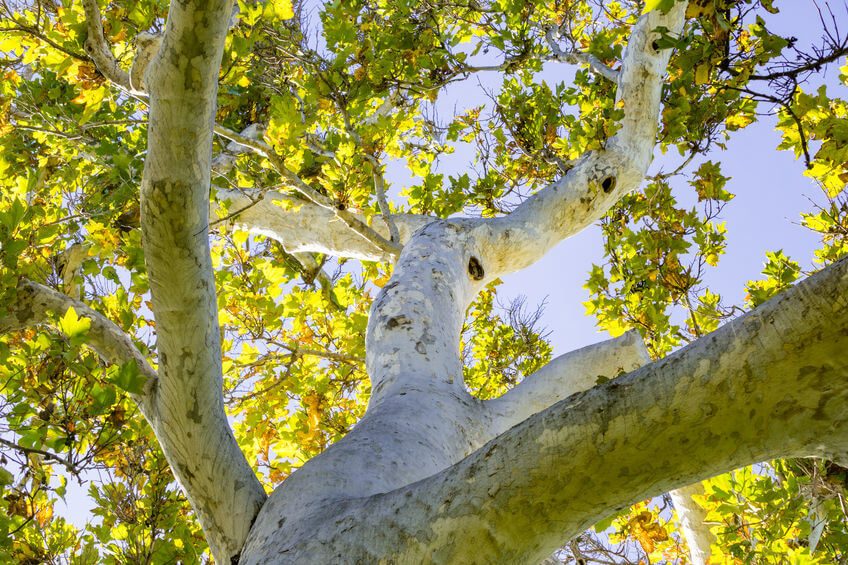 Sycamore Tree
Sycamore TreeIt’s a stringy wood that when dry, burns quite well.
It lights with ease and puts out a ton of heat, but unfortunately, this heat tends to be short-lived.
It can also give off an unpleasant aroma when burned green.
While sycamore firewood is a good choice if you’re in the market for a short-burning wood, it doesn’t give you the long, slow burn you might be used to with some of the “hotter” burning hardwoods.
What Is Sycamore?
There are actually several types of trees that are referred to as sycamore trees, but almost all are planted for ornamental purposes.
The tree is highly tolerant of air pollution and it also makes a good windbreak.
Sycamore is prized for its uses in woodworking.
Its white or cream-colored timber is close-grained and develops a slight yellow, golden hue with age.
It is often used in making musical instruments as well as in furniture making, parquetry, wood flooring, and joinery.
It is also used in kitchen utensils too.
Some sycamore trees produce a wood with a waiver grain, making it valuable in decorative veneers.
It is often used for firewood, primarily in outdoor settings but it can also be used indoors too.
Where To Find Sycamore Firewood
The sycamore is a common tree that can be found all over the United States.
It grows from southern Ontario, in Canada, all the way south into Florida.
It can be found as far west as Texas, Nebraska, and Michigan.
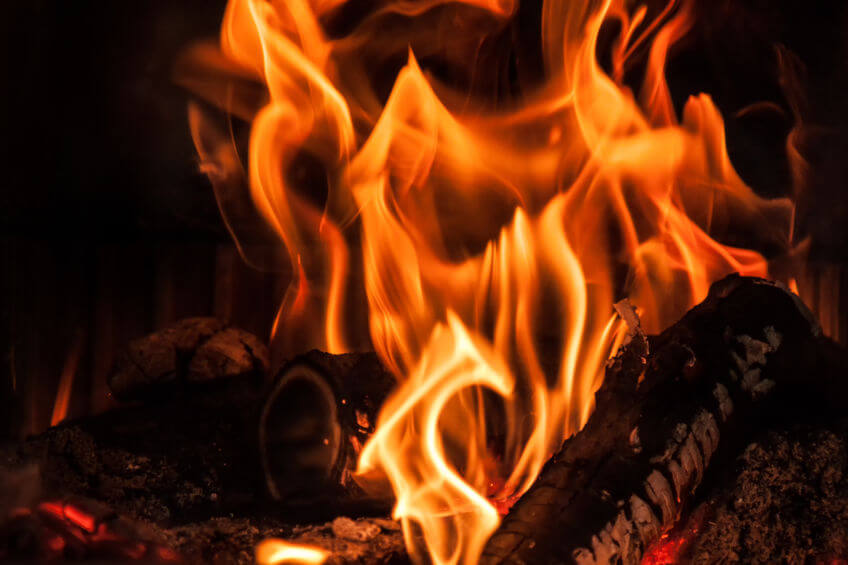
Sycamore trees tend to grow best in soil that is rich and moist.
Generally, you’ll find sycamore trees growing along the banks of lakes or streams, along with in lowlands and in old fields.
It can tolerate a variety of diverse settings, so there’s a good chance you have some growing near you.
Splitting Sycamore
Sycamore firewood is notoriously challenging to split when it’s still green and wet.
This is because it has a high water content, especially compared to other species of firewood.
It is stringy and is difficult to split by hand.
However, if you have access to a hydraulic splitter it shouldn’t be too much of a challenge.
After splitting, make sure your firewood is stacked neatly to maximize sunshine and airflow.
Make sure there are a few inches between stacks to help the wood dry better too.
Seasoning The Wood
Like all firewood, it’s important to give your sycamore firewood plenty of time to season.
Sycamore is incredibly heavy but lightens up quite a bit as it dries (something that’s true of many firewood species).
However, because of its high water content, sycamore firewood is going to seem to take forever to season.
Give yourself two years to season your sycamore firewood.
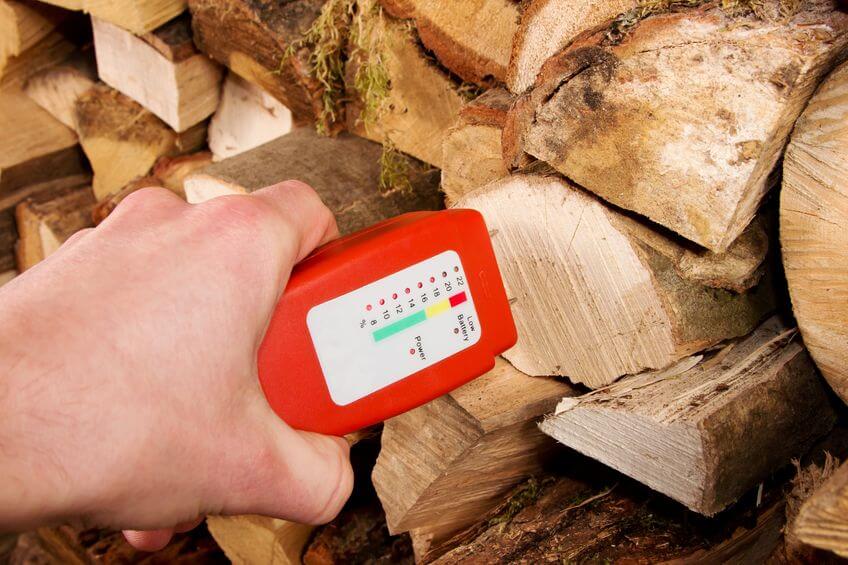
Most people though only season their sycamore firewood for six to twelve months - but less is definitely not more!
While you can certainly burn it before then, the longer you season the wood, the better the firewood quality.
To get a good idea of how much longer your wood needs to season, it may make sense for you to invest in a durable and reliable moisture meter.
Burning Sycamore
Sycamore firewood is easy to light, provided that it has been seasoned well.
It is one of the best firewood species you can use when you’re starting a fire, as it produces a lot of heat.
Sadly though, the glory is short-lived.
Some people report that sycamore also gives off an unpleasant odor when it’s burned green.
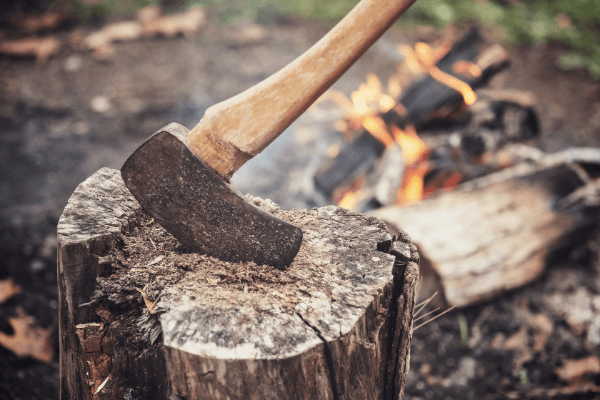
It’s not recommended that you burn any kind of green firewood though, so this “side effect” of sycamore is easy to avoid.
It has a heat content of 19.1 million BTUs per cord, which is far less than most other eastern hardwood species.
If you’re trying to get a fire started in a hurry, sycamore firewood is a good choice.
It offers a decent heat content, though not as high as other species like oak and ash.
If you can, mix sycamore with other kinds of woods (like the aforementioned oak and ash) for a fire that not only starts quickly, but stays hot for quite some time.
When it comes to smoke and sparks, sycamore isn’t the best firewood you’ll find - but it also isn’t the worst.
It produces a moderate amount of smoke and minimal sparks.
High smoke production is a good indicator that your wood hasn’t dried enough, so make sure you season your sycamore firewood as long as possible, and you shouldn’t have too many issues.
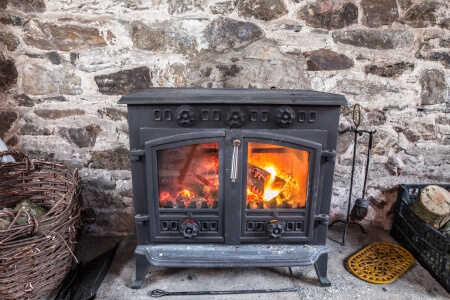
Sycamore, like most hardwood species doesn’t produce a lot of sap.
Therefore, you don’t have to worry too much about creosote build-up.
This makes it a better choice for indoor burning than other firewood species, like pine which I’m not a fan of using in a wood stove.
Is Sycamore Worth Your Time And Effort?
Sycamore firewood is a very popular wood, and it tends to be a top contender for people who use wood stoves in their homes.
However, it might not be the best for all situations, so consider all the factors mentioned above before deciding whether sycamore firewood is right for your needs.

About the Author
Obsessed with firewood, Nick is behind over 350+ of Firewood For Life's articles, as well as countless reviews, guides and YouTube videos to help readers like you reduce heating costs and create the perfect fire.


